Home>Furniture>Outdoor Furniture>How Far Can You Span Metal Decking For Concrete
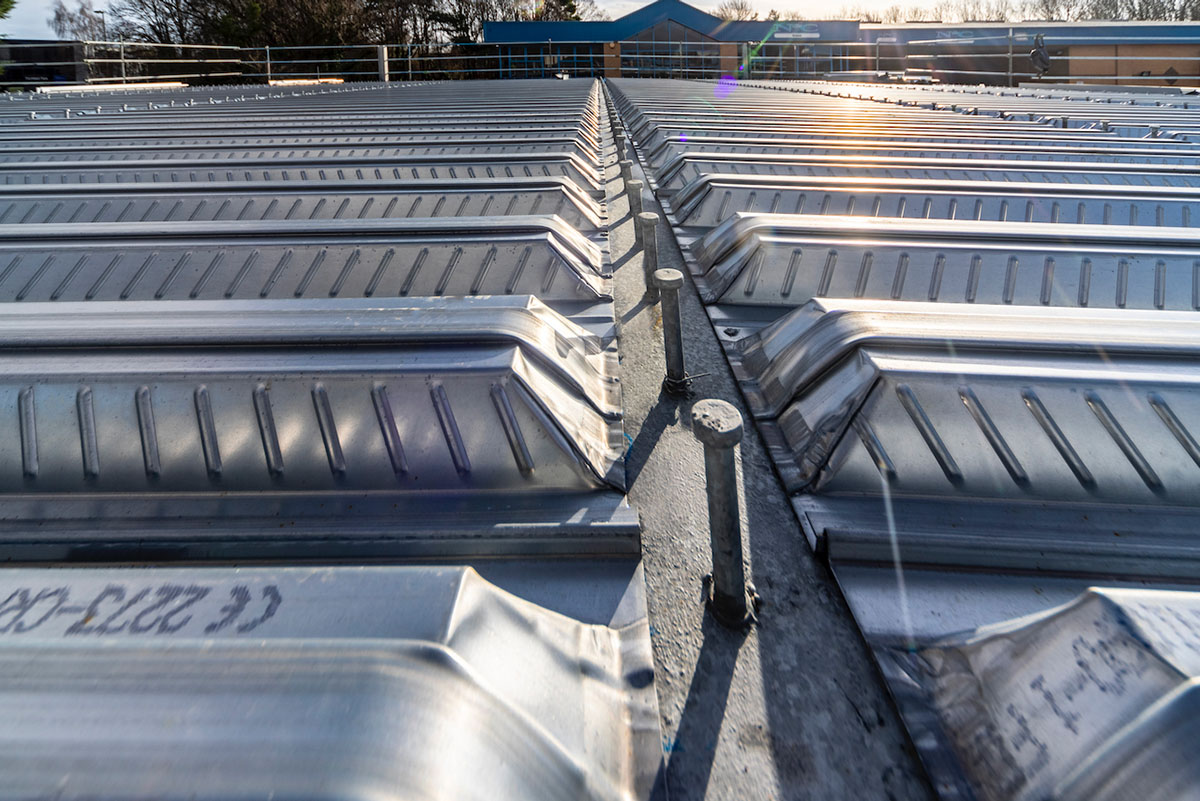

Outdoor Furniture
How Far Can You Span Metal Decking For Concrete
Modified: March 7, 2024
Looking for outdoor furniture? Discover how far you can span metal decking for concrete and create the perfect outdoor space.
(Many of the links in this article redirect to a specific reviewed product. Your purchase of these products through affiliate links helps to generate commission for Storables.com, at no extra cost. Learn more)
Introduction
Metal decking for concrete is a popular choice in the construction industry due to its versatility and durability. It is a structural component that acts as a formwork during the construction of concrete slabs, providing support and reinforcement. Metal decking is commonly made from galvanized steel and is available in various profiles and thicknesses.
In this article, we will delve into the factors that affect the span of metal decking for concrete and explore the maximum span limits for different types of decking. We will also discuss important design considerations, the benefits of using metal decking, and the installation and maintenance processes.
Metal decking offers immense advantages over traditional materials like wood or plywood. Its strength and stability allow for longer spans between supports, reducing the need for additional beams and columns. This results in a more cost-effective and efficient construction process.
Additionally, metal decking provides a safe working platform for construction workers, enhancing productivity and minimizing safety risks. Its fire-resistant properties also make it a preferred choice for buildings that require high fire ratings.
Another significant advantage of metal decking for concrete is its adaptability. It can be easily customized to fit various shapes and sizes, making it suitable for a wide range of construction projects. From commercial buildings and bridges to parking garages and industrial facilities, metal decking can meet the diverse needs of the construction industry.
The span of metal decking refers to the distance between two supports, such as beams or walls, that the decking can safely cover without sagging or failing. Several factors influence the maximum span limits, including the profile and thickness of the decking, the loads and forces it is expected to bear, and the type of concrete being poured.
By understanding these factors and properly designing the metal decking system, construction professionals can ensure the structural integrity of the concrete slabs and optimize the efficiency of the construction process.
In the following sections, we will explore the different types of metal decking available in the market and their respective maximum span limits. We will also discuss the design considerations that must be taken into account when spanning metal decking for concrete.
So, let’s dive deeper into the world of metal decking for concrete and unlock the secrets to achieving long-lasting, robust, and cost-effective structures.
Key Takeaways:
- Metal decking for concrete offers a strong, durable, and versatile flooring solution for construction projects. It provides a safe working platform, reduces the need for additional beams, and enhances structural integrity.
- Factors such as deck profile, thickness, steel grade, and load considerations influence the maximum span limits of metal decking. Proper installation and maintenance are crucial for optimal performance and longevity.
Read more: How Far Can 2X6 Decking Span
What is Metal Decking for Concrete?
Metal decking for concrete is a specialized type of flooring system commonly used in construction projects. It consists of sheets or panels made from galvanized steel that are profiled to provide structural support and serve as a formwork for concrete slabs. Metal decking is typically installed between steel or concrete beams, acting as a platform for pouring and curing concrete.
The purpose of metal decking is twofold. Firstly, it provides temporary support during the construction phase, allowing workers to safely access the construction site and pour the concrete without the need for additional scaffolding. Secondly, it acts as a permanent reinforcement for the concrete, enhancing its strength and load-bearing capacity.
Metal decking comes in various profiles, including corrugated, ribbed, and cellular designs. Each profile offers specific advantages depending on the project requirements. The choice of profile depends on factors such as span length, anticipated loads, and aesthetic preferences.
The thickness of the metal decking also plays a crucial role in determining its load-carrying capacity. Thicker panels offer greater strength and can support heavier loads, making them suitable for projects with higher load requirements. Thinner panels are lighter and more cost-effective but have more limited span capabilities.
During construction, metal decking is typically laid out in sheets that interlock with each other, creating a continuous surface for pouring the concrete. The sheets are fastened to the structural beams using screws or welding, ensuring stability and preventing movement during the concrete pouring process.
Metal decking offers numerous benefits compared to other types of flooring systems. It is highly durable, resistant to fire and rot, and can withstand extreme weather conditions. This makes it ideal for both interior and exterior applications.
Another advantage of metal decking for concrete is its quick and easy installation process. The interlocking sheets simplify the construction process, reducing labor and time requirements. This results in cost savings and increased productivity on the construction site.
Metal decking also enhances the structural integrity of the concrete slabs. The ribs or corrugations in the decking improve the bond between the concrete and the steel, increasing the load-carrying capacity of the slab. Additionally, metal decking can help distribute loads more evenly, reducing the risk of cracking and structural failures.
In summary, metal decking for concrete is a versatile and durable flooring system that provides structural support and reinforcement during the construction of concrete slabs. It offers numerous advantages, including quick installation, high load-carrying capacity, and enhanced durability. Construction professionals often choose metal decking as a cost-effective and efficient solution for a wide range of projects.
Factors Affecting the Span of Metal Decking
The span of metal decking refers to the distance between two supporting elements, such as beams or walls, that the decking can safely cover without sagging or failing. Several factors influence the maximum span limits of metal decking for concrete. Understanding these factors is crucial for designing a structurally sound and efficient flooring system. Let’s explore these factors in detail:
1. Deck Profile: The profile of the metal decking plays a significant role in determining the span capabilities. Different profiles have varying load-carrying capacities and stiffness. Ribbed or cellular profiles offer higher resistance to bending and sagging compared to corrugated profiles, allowing for longer spans between supports.
2. Deck Thickness: The thickness of the metal decking directly affects its strength and load-carrying capacity. Thicker decking can support heavier loads and offers greater span capabilities. Conversely, thinner decking has more limited span capacities but is lighter and more cost-effective.
3. Steel Grade: The grade of steel used in the metal decking affects its structural performance. Higher-grade steel typically enables longer spans and higher load-carrying capacities. It is important to select the appropriate steel grade based on the project requirements and design specifications.
4. Reinforcement: The presence of additional reinforcement, such as steel bars or mesh embedded within the concrete, can significantly impact the span capabilities of metal decking. Reinforcement improves the overall strength and stiffness of the concrete slab, allowing for longer spans between supports.
5. Live Load and Dead Load: The anticipated load that the flooring system will bear also influences the span of metal decking. Live loads, such as people, furniture, or equipment, and dead loads, including the weight of the concrete slab itself, must be considered during the design stage. Heavier loads and higher load concentrations can decrease the maximum allowable span.
6. Deflection Criteria: Deflection refers to the bending or sagging of the metal decking under load. It is important to establish deflection criteria based on project requirements and relevant building codes. Designers must ensure that deflection remains within acceptable limits to maintain structural integrity and occupant comfort.
7. Fire Rating: The fire resistance of the metal decking material can affect its span capabilities. Fire-rated decking is designed to withstand high temperatures for a specified duration, providing additional safety and allowing for longer spans in fire-rated structures.
8. Climate and Environmental Conditions: Extreme weather conditions, such as high winds or seismic activity, can impact the maximum span of metal decking. Designers must consider these factors to ensure the structural integrity and stability of the flooring system.
By considering these factors, construction professionals can determine the appropriate span limits for metal decking in their projects. It is important to work with structural engineers and adhere to relevant building codes and standards to ensure the safety, performance, and longevity of the flooring system.
Maximum Span Limits for Different Types of Metal Decking
The maximum span limits for metal decking depend on various factors, including the profile, thickness, steel grade, and design requirements. Different types of metal decking have specific load-carrying capabilities and span allowances. Here are the maximum span limits for some commonly used types of metal decking:
1. Corrugated Metal Decking: Corrugated metal decking is a popular choice for both roof and floor applications. The maximum span for corrugated metal decking typically ranges from 6 to 8 feet, depending on the gauge and steel grade. However, it is important to consult the manufacturer’s specifications and follow relevant design codes to ensure safe and efficient usage.
2. Ribbed Metal Decking: Ribbed metal decking, also known as wide rib decking, offers increased spanning capabilities compared to corrugated decking. The open rib profile enhances load distribution and stiffness. The maximum span for ribbed metal decking can reach up to 10 feet or more, depending on the thickness and steel grade.
3. Cellular Metal Decking: Cellular metal decking features a design with interconnected cells, providing excellent rigidity and load-carrying capacity. The maximum span for cellular metal decking can exceed 12 feet, making it suitable for projects where longer spans between supports are required.
4. Composite Metal Decking: Composite metal decking combines steel decking with a layer of concrete, creating a composite system with enhanced load-carrying capacity and fire resistance. The maximum span for composite metal decking varies depending on factors such as the thickness of the concrete slab, steel grade, and design requirements. Spans of 15 feet or more can often be achieved with composite metal decking.
It is essential to note that these maximum span limits are general guidelines and may vary depending on project-specific factors. Structural engineers and designers should be consulted to determine the appropriate span capabilities for the specific application and project requirements.
Additionally, it is important to consider live loads, dead loads, deflection criteria, and other factors mentioned earlier to ensure a safe and structurally sound flooring system. Adhering to relevant building codes and guidelines is crucial to ensure the safety and performance of metal decking structures.
By understanding the maximum span limits for different types of metal decking, construction professionals can make informed decisions during the design and construction phases. It is crucial to balance the desired span length with the structural requirements and design constraints to achieve optimal performance and efficiency.
When spanning metal decking for concrete, it’s important to follow the manufacturer’s guidelines for maximum span distances. Exceeding these limits can compromise the structural integrity of the decking and lead to safety issues. Always consult with a structural engineer to ensure proper design and installation.
Design Considerations for Spanning Metal Decking
When spanning metal decking for concrete, several design considerations must be taken into account to ensure the structural integrity and performance of the flooring system. These considerations affect factors such as load-carrying capacity, deflection, fire resistance, and overall safety. Here are some key design considerations for spanning metal decking:
1. Load Calculation: Accurately calculating the anticipated live loads and dead loads is essential for determining the appropriate span of the metal decking. This includes considering the weight of the concrete slab, furnishings, equipment, and any additional loads imposed on the structure. Consulting applicable building codes and design standards is crucial during load calculations.
2. Deflection Control: Excessive deflection can affect the durability, functionality, and aesthetics of the flooring system. By setting deflection criteria based on project requirements and building codes, designers can ensure that deflection remains within acceptable limits. Stiffer decking profiles, thicker decking, and additional reinforcement can help control deflection.
3. Fire Resistance: Fire-rated structures require metal decking that meets specific fire resistance ratings. Selecting fire-rated decking materials is crucial to ensure the safety of the building occupants in the event of a fire. It is important to consult with fire protection engineers and adhere to relevant fire codes and standards.
4. Connection Details: Proper connection details between the metal decking and structural elements, such as beams, columns, and walls, are essential for the stability and load transfer of the flooring system. Adequate fasteners, welding, or other approved connection methods should be used to securely attach the decking to the supporting elements.
5. Concrete Mix and Pouring Considerations: The type and quality of concrete used, as well as the pouring process, can impact the performance of the metal decking. Considerations such as concrete strength, curing conditions, and the presence of any admixtures or reinforcing elements should be taken into account to ensure optimal bond and durability between the concrete and the decking.
6. Ventilation and HVAC Systems: Adequate ventilation and HVAC systems should be considered when spanning metal decking. Proper airflow circulation and thermal insulation can help maintain a comfortable and energy-efficient environment within the building.
7. Acoustic Considerations: Depending on the project requirements, sound insulation and noise reduction measures may need to be implemented. Using sound-absorbent materials or acoustic underlays beneath the metal decking can help minimize sound transmission between floors.
8. Maintenance and Access Requirements: Designing the metal decking system to allow for easy access, maintenance, and future modifications is important. Providing access panels or removable sections can facilitate inspections, repairs, and the installation of utilities within the flooring system.
By considering these design considerations, construction professionals can ensure the safe and efficient spanning of metal decking for concrete structures. Collaboration with structural engineers, architects, and other relevant professionals is crucial to develop a comprehensive and robust design that meets project requirements and industry standards.
Read more: How Far Can A 2×10 Span For A Pergola?
Benefits of Using Metal Decking for Concrete
Using metal decking for concrete flooring systems offers numerous advantages over traditional materials like wood or plywood. Its unique properties make it a preferred choice in the construction industry. Here are some key benefits of using metal decking for concrete:
1. Strength and Durability: Metal decking is highly durable and can withstand heavy loads, making it suitable for a wide range of construction projects. It provides a stable platform for construction workers during the pouring and curing process. It is also resistant to fire, rot, and pests, ensuring long-lasting performance.
2. Cost-Effective: Metal decking offers cost savings in multiple ways. Its strength allows for longer spans between supports, reducing the need for additional beams and columns. This lowers material costs and construction time. Metal decking is also low-maintenance, resulting in reduced long-term expenses.
3. Versatility: Metal decking can be easily customized to fit various shapes, sizes, and architectural designs. It is available in different profiles, thicknesses, and steel grades to accommodate diverse project requirements. Its adaptability makes it suitable for a wide range of applications, from residential and commercial buildings to bridges and parking garages.
4. Quick Installation: Metal decking’s interlocking design makes it quick and easy to install. The sheets are laid out and secured to the structural beams, creating a stable platform for pouring the concrete. This reduces labor and construction time, enhancing productivity on the site.
5. Enhanced Safety: Metal decking provides a safe working platform for construction workers. Its sturdy and non-slip surface minimizes the risk of accidents during construction. Additionally, metal decking’s fire-resistant properties are valuable in ensuring the safety of occupants in the event of a fire.
6. Structural Efficiency: Metal decking enhances the structural integrity of the concrete slabs. The ribs or corrugations in the decking improve the bond between the concrete and the steel, increasing the load-carrying capacity of the slab. It distributes loads more evenly, reducing the risk of cracking and structural failures.
7. Sustainability: Metal decking is a sustainable choice for construction. It is made from recycled materials and is itself recyclable. Choosing metal decking over traditional materials reduces deforestation and waste. Additionally, metal decking optimizes energy efficiency in buildings and reduces greenhouse gas emissions.
8. Aesthetics: Metal decking can contribute to the aesthetic appeal of a structure. It can be left exposed in areas like ceilings or balconies, providing a sleek and modern appearance. Metal decking also offers flexibility in architectural design, allowing for creative and unique building facades.
In summary, using metal decking for concrete offers numerous benefits, including strength, durability, cost-effectiveness, versatility, quick installation, enhanced safety, structural efficiency, sustainability, and aesthetic appeal. Its usage can lead to more efficient construction processes, reduced costs, and long-lasting, robust structures. Construction professionals often choose metal decking as a reliable and cost-effective solution for a wide range of projects.
Installation and Maintenance of Metal Decking
Proper installation and maintenance are essential for ensuring the optimal performance and longevity of metal decking in concrete flooring systems. The following guidelines outline key considerations for both installation and maintenance processes:
Installation:
1. Site Preparation: Ensure that the construction site is properly prepared before installing the metal decking. This includes clearing the area of debris and ensuring a stable and level foundation.
2. Safety Measures: Prioritize safety during the installation process. Provide adequate fall protection for workers and follow safety protocols to prevent accidents. Use appropriate personal protective equipment (PPE) such as helmets, safety glasses, and gloves.
3. Proper Alignment: Align the metal decking properly, ensuring that the sheets interlock correctly and form a continuous surface. Pay attention to the direction and alignment of the ribs or corrugations and follow the manufacturer’s guidelines.
4. Fastening and Connections: Securely fasten the metal decking to the structural beams using approved methods and materials. This may involve screws, welds, or other suitable connectors. Properly spaced fasteners and connections are crucial for stability and load transfer.
5. Concrete Pouring: Pour the concrete onto the metal decking, taking care to distribute it evenly and avoid excess vibration or impact. Follow the recommended concrete pouring and curing procedures to ensure optimal bond and strength between the decking and the concrete slab.
6. Edge Reinforcement: Consider the need for edge reinforcement, especially in areas with high loads or where the metal decking extends beyond the supporting elements. Edge reinforcement helps prevent edge cracking and enhances the structural stability of the flooring system.
Maintenance:
1. Regular Inspections: Conduct routine inspections to identify any signs of damage or deterioration. Inspect the metal decking for any signs of corrosion, loose fasteners, or structural issues that may compromise the integrity of the flooring system.
2. Cleaning and Debris Removal: Regularly clean the metal decking to remove dirt, debris, and other substances that could lead to corrosion or affect the performance of the flooring system. Avoid the use of abrasive cleaners or tools that could damage the surface.
3. Corrosion Prevention: Take measures to prevent or minimize corrosion on the metal decking. Consider applying protective coatings or use galvanized steel decking that has inherent corrosion resistance. Proper drainage and ventilation in the surrounding areas can also help prevent moisture buildup and corrosion.
4. Repairs and Maintenance: Promptly address any identified issues or damages. Replace worn-out or damaged metal decking sheets, fasteners, or connectors as necessary. Consult with structural engineers or relevant professionals for proper repair procedures.
5. Compliance with Maintenance Guidelines: Follow the manufacturer’s maintenance guidelines and recommendations for the specific type of metal decking being used. Adhering to these guidelines will help ensure the longevity and functionality of the flooring system.
By following proper installation techniques and implementing regular maintenance practices, the performance and lifespan of the metal decking can be optimized. Proactive measures and timely repairs will help avoid costly structural issues and ensure the safety and durability of the concrete flooring system.
Remember to consult with structural engineers, architects, and manufacturers for specific installation and maintenance guidelines based on the project requirements and applicable codes and standards.
Conclusion
Metal decking for concrete provides a versatile, durable, and cost-effective solution for constructing robust and efficient flooring systems. With its strength, adaptability, and ease of installation, metal decking offers numerous benefits for a wide range of construction projects.
By understanding the factors that influence the span of metal decking, construction professionals can design flooring systems that meet the specific load requirements and structural considerations of the project. Considerations such as deck profile, thickness, steel grade, and deflection control are crucial in determining the maximum allowable span and ensuring the safety and performance of the flooring system.
The various types of metal decking available, including corrugated, ribbed, cellular, and composite, offer different span capabilities and load-carrying capacities. Selecting the appropriate type of metal decking based on project requirements is important for achieving efficient and durable structures.
During the installation process, attention to detail, proper alignment, and secure fastening are essential. Following safety protocols and adhering to manufacturer’s guidelines for concrete pouring will ensure a successful and robust installation.
Maintenance of metal decking is crucial for its long-term performance. Regular inspections, cleaning, and addressing any potential issues promptly will help prolong the lifespan of the flooring system. Following proper maintenance guidelines and incorporating corrosion prevention measures are essential for maintaining the structural integrity of the metal decking.
In conclusion, metal decking for concrete offers a reliable and efficient solution for construction projects. Its strength, versatility, and cost-effectiveness make it a popular choice in the industry. By considering the design considerations, implementing proper installation techniques, and conducting regular maintenance, construction professionals can harness the full potential of metal decking, creating durable, safe, and long-lasting structures.
Curious about the materials behind your outdoor setups? While understanding how far metal decking can span is crucial, knowing what exactly metal decking is can be just as enlightening. Dive deeper into the specifics, varieties, and applications of this versatile material in our detailed discussion. You'll find practical insights that could transform your next outdoor project.
Frequently Asked Questions about How Far Can You Span Metal Decking For Concrete
Was this page helpful?
At Storables.com, we guarantee accurate and reliable information. Our content, validated by Expert Board Contributors, is crafted following stringent Editorial Policies. We're committed to providing you with well-researched, expert-backed insights for all your informational needs.
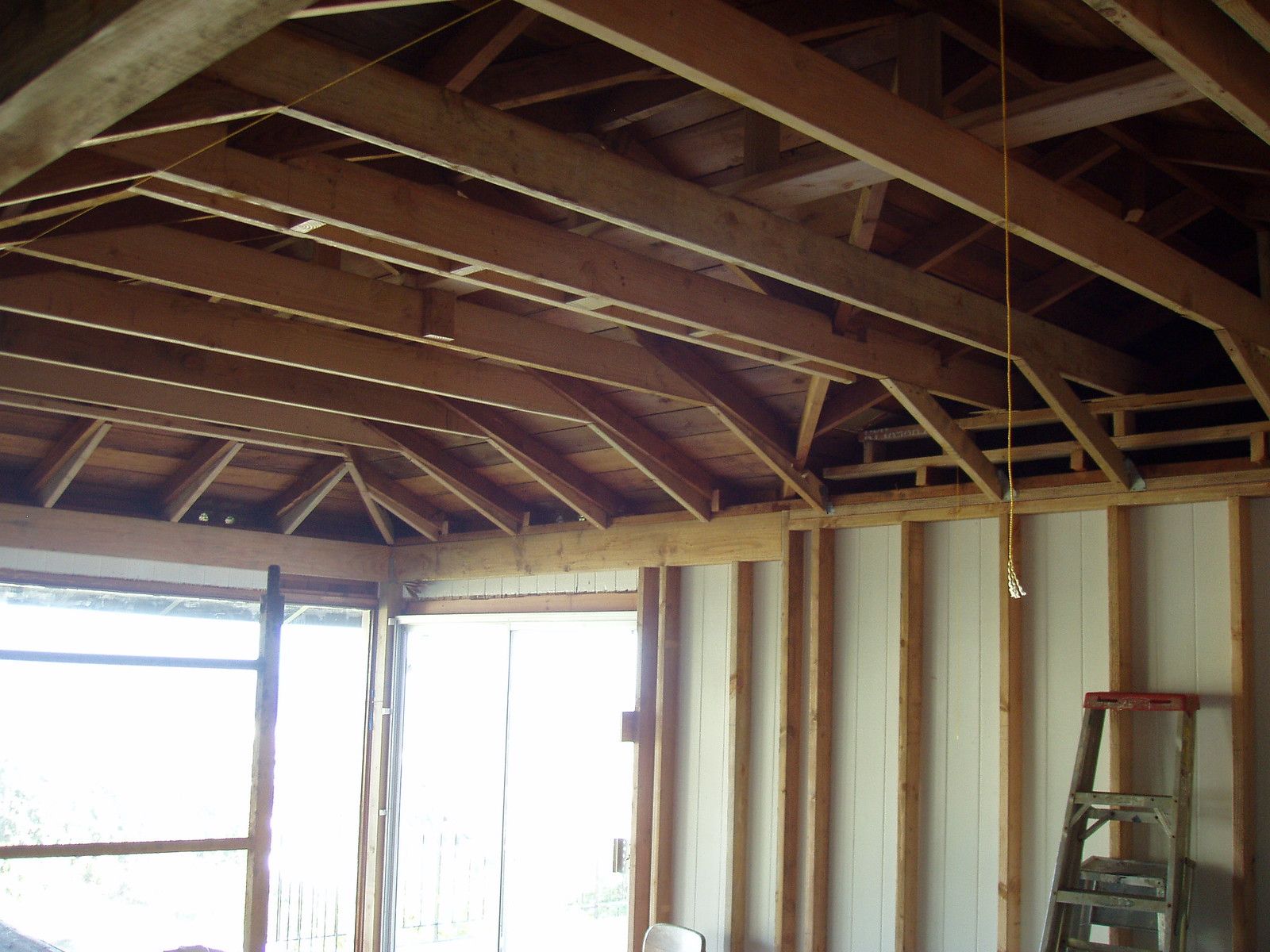
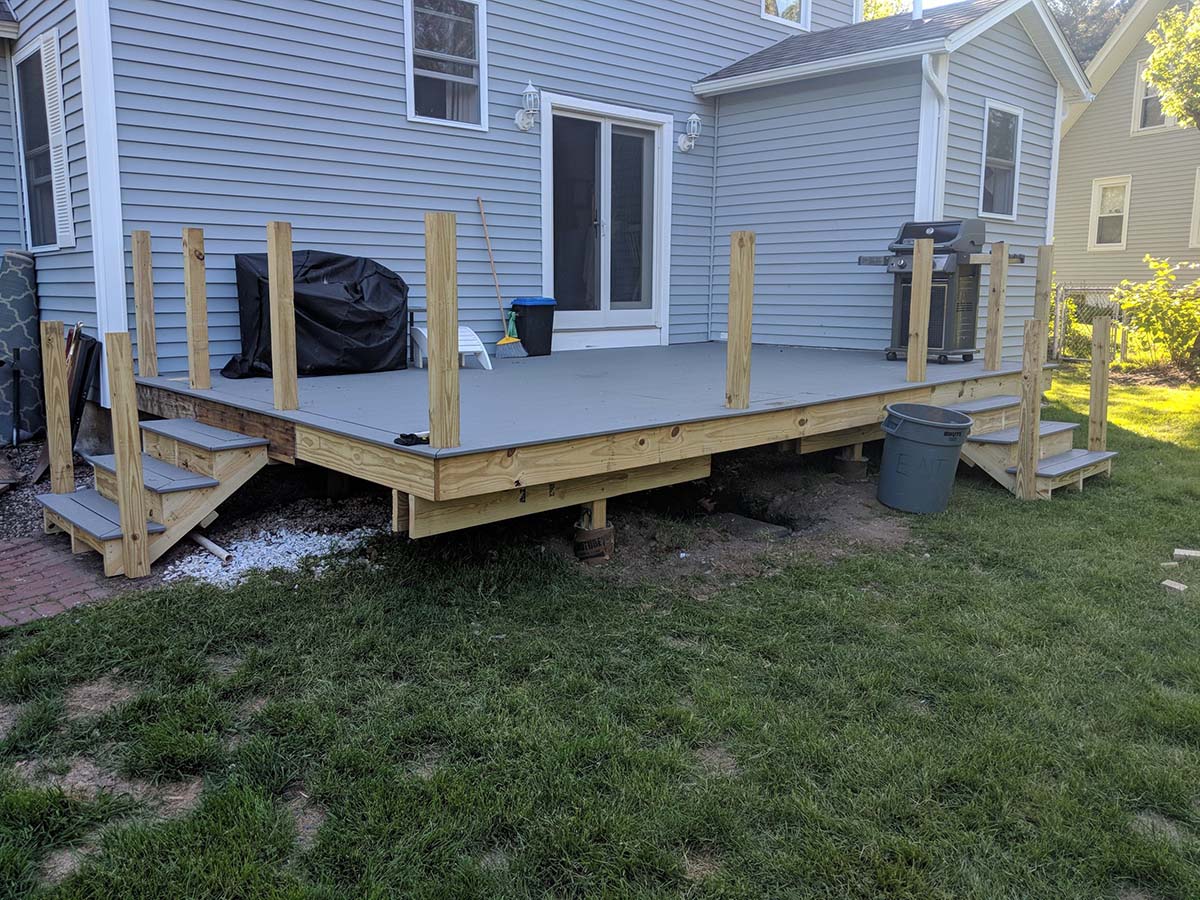
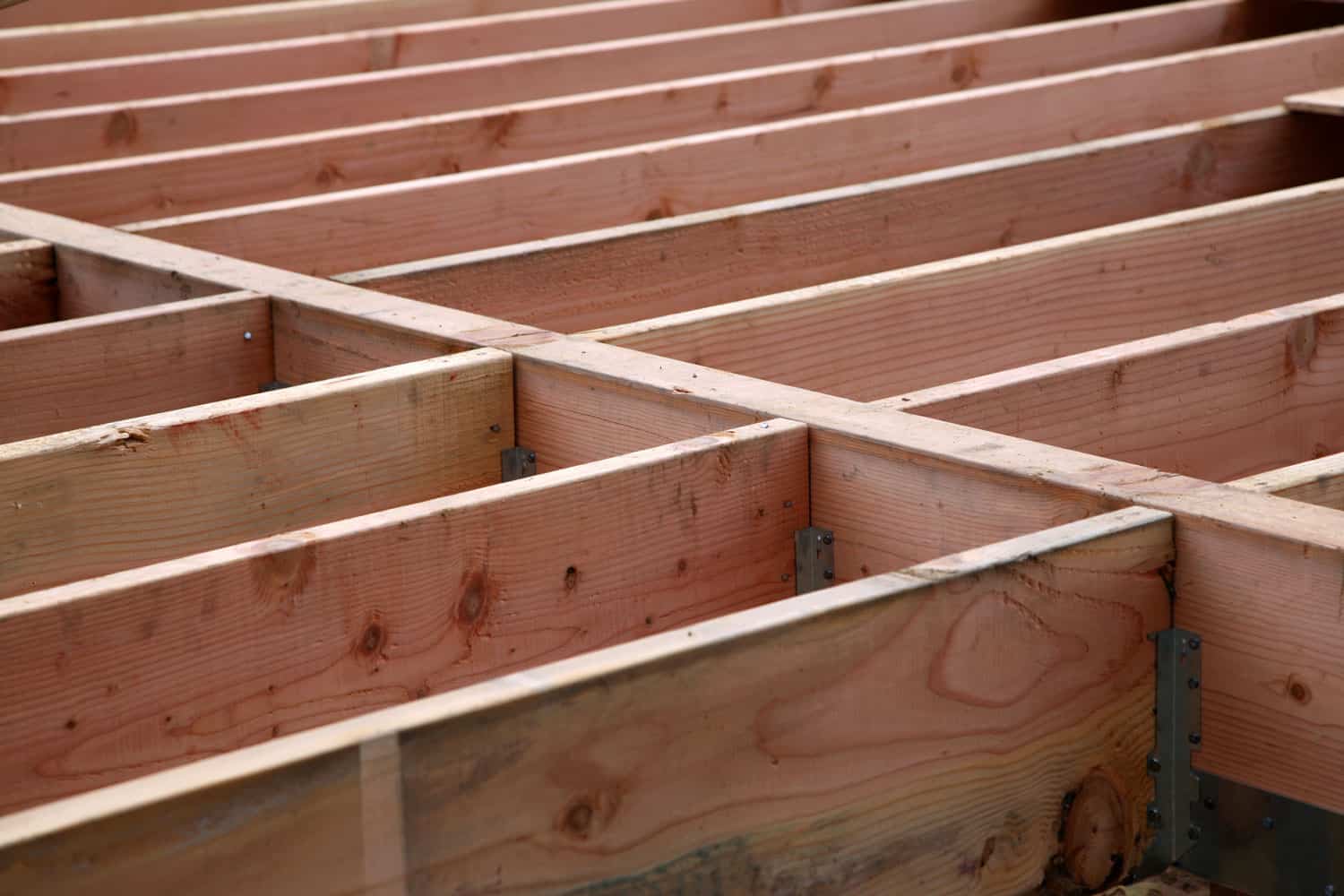
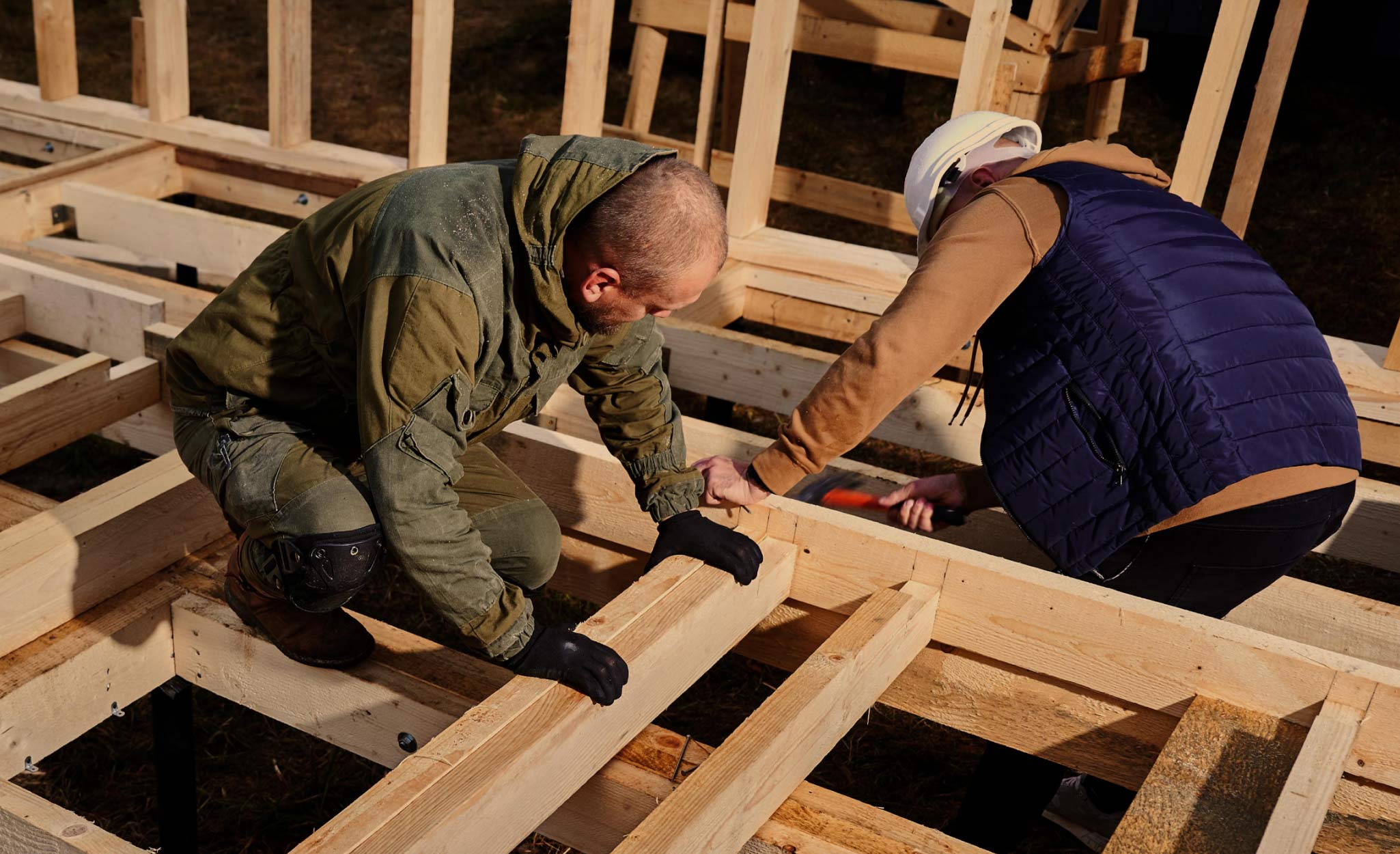
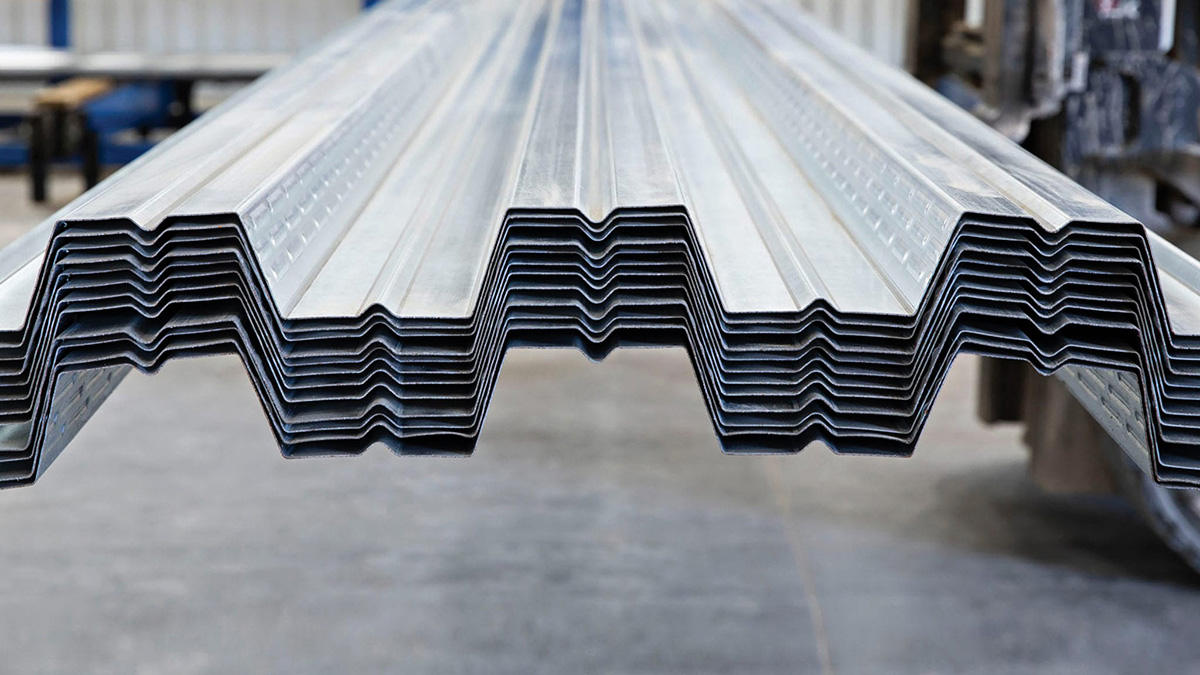

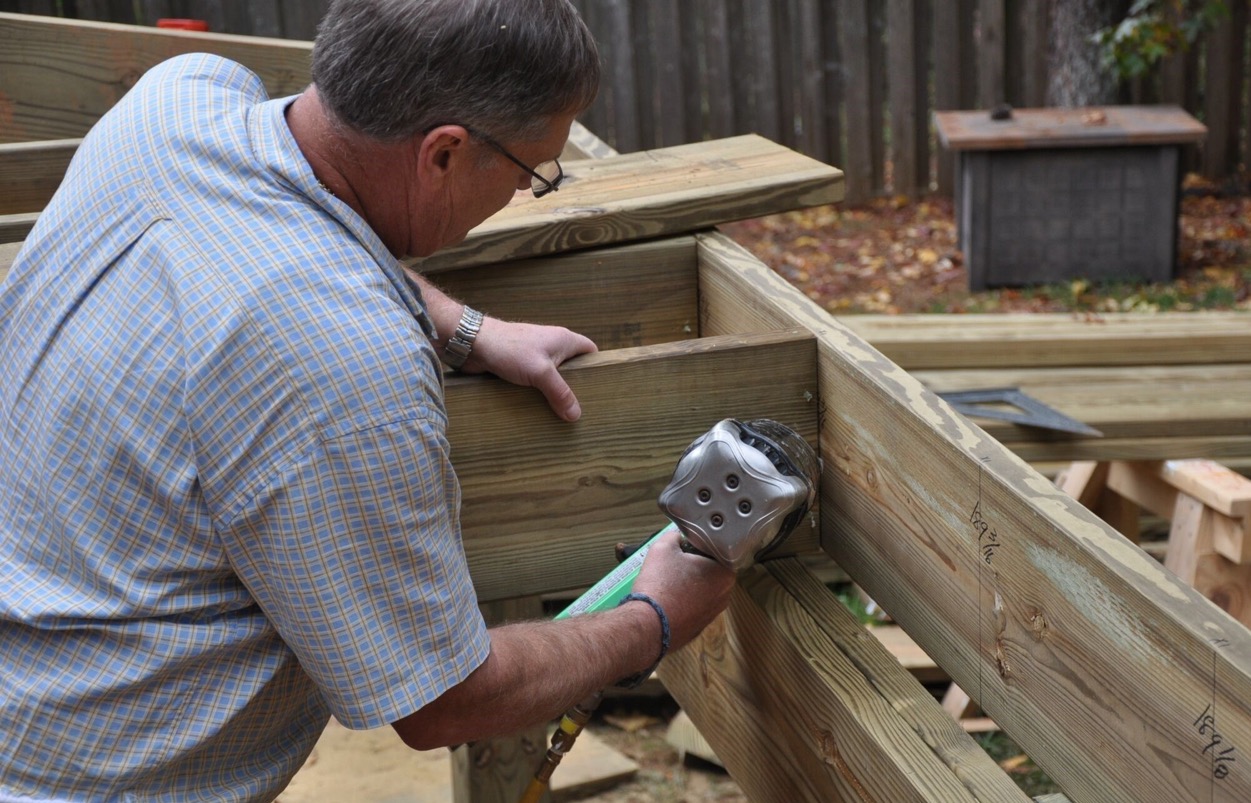
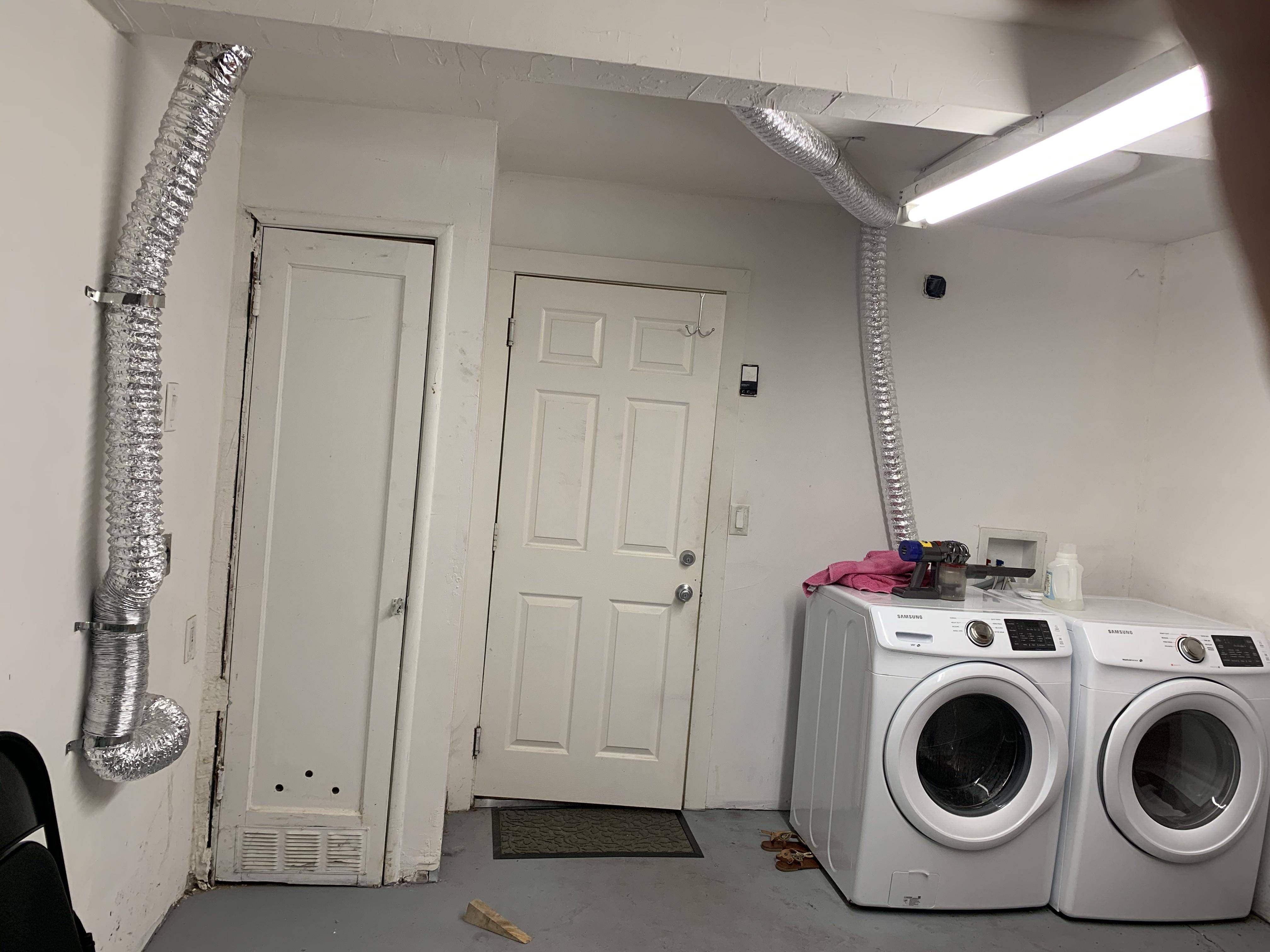
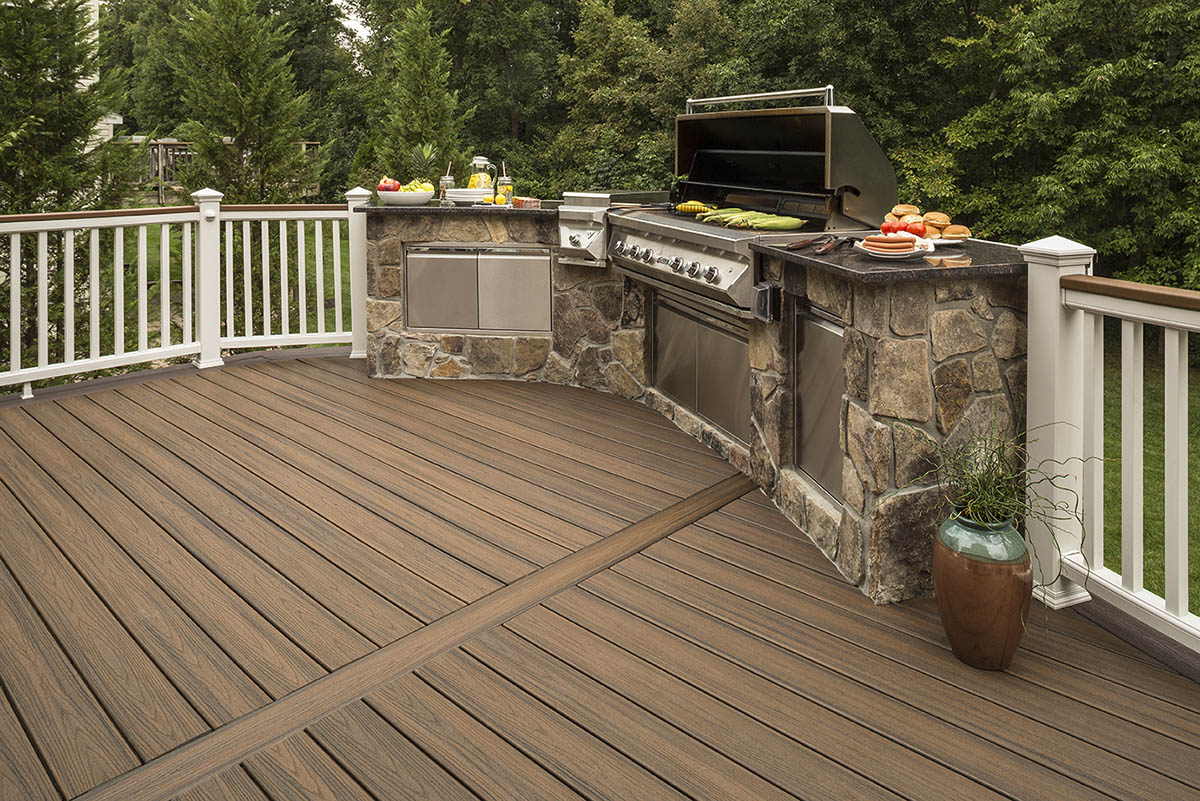

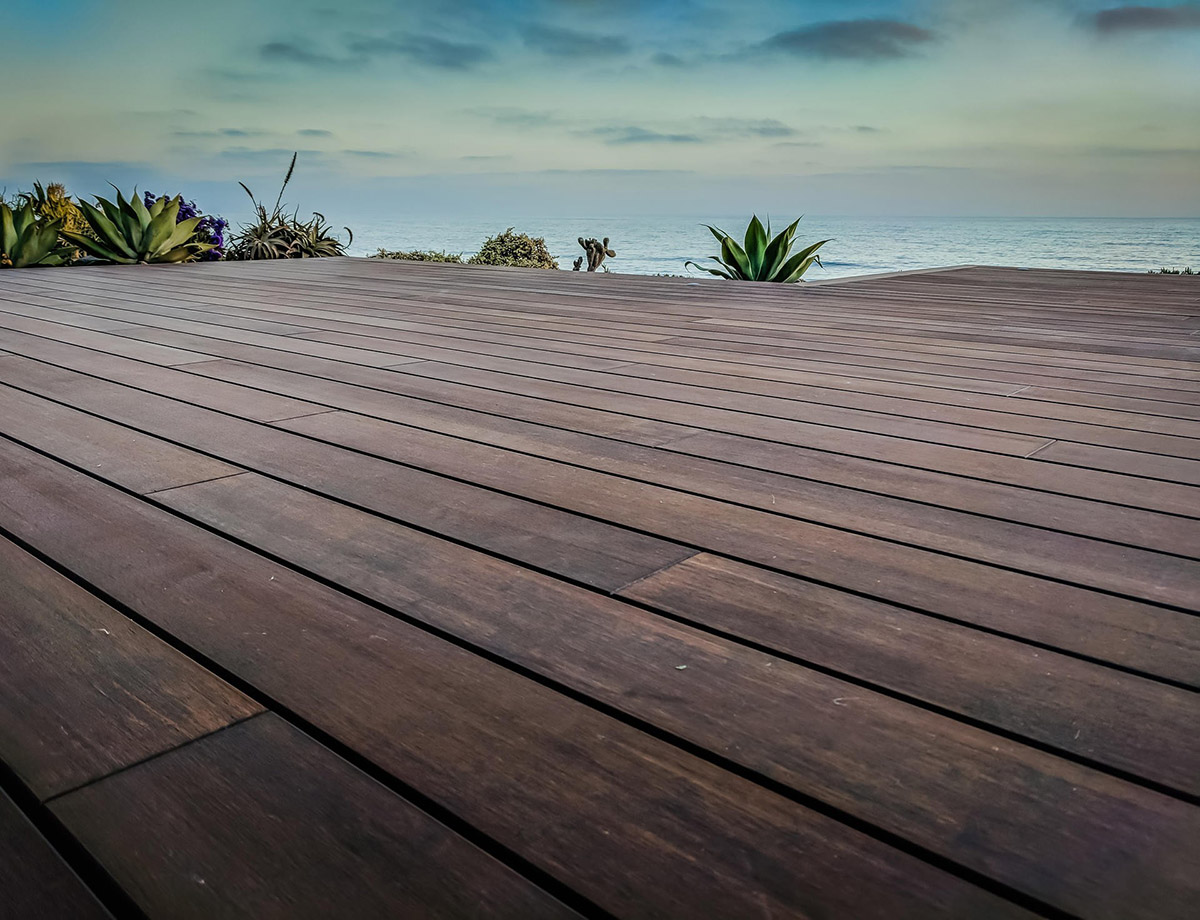
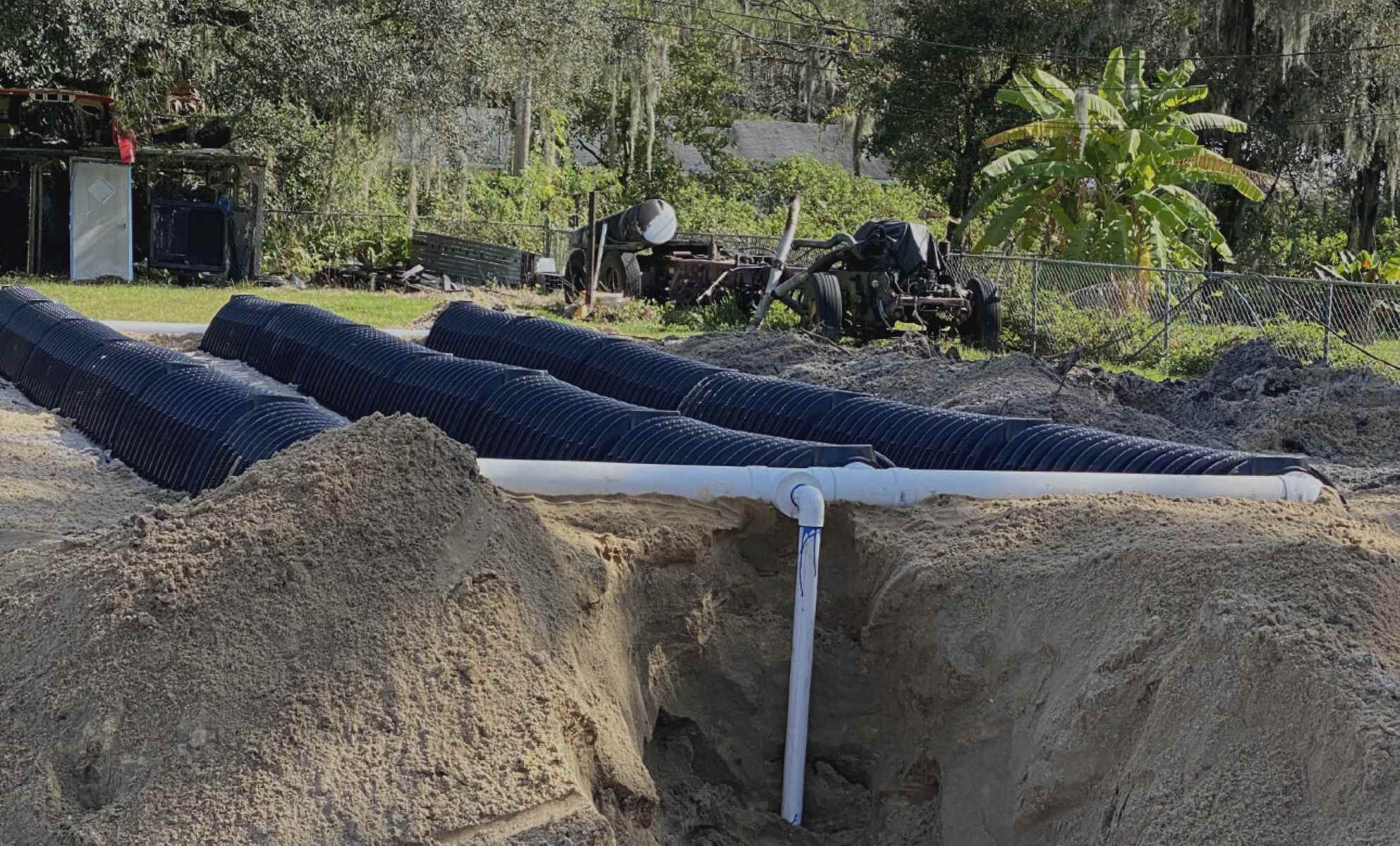
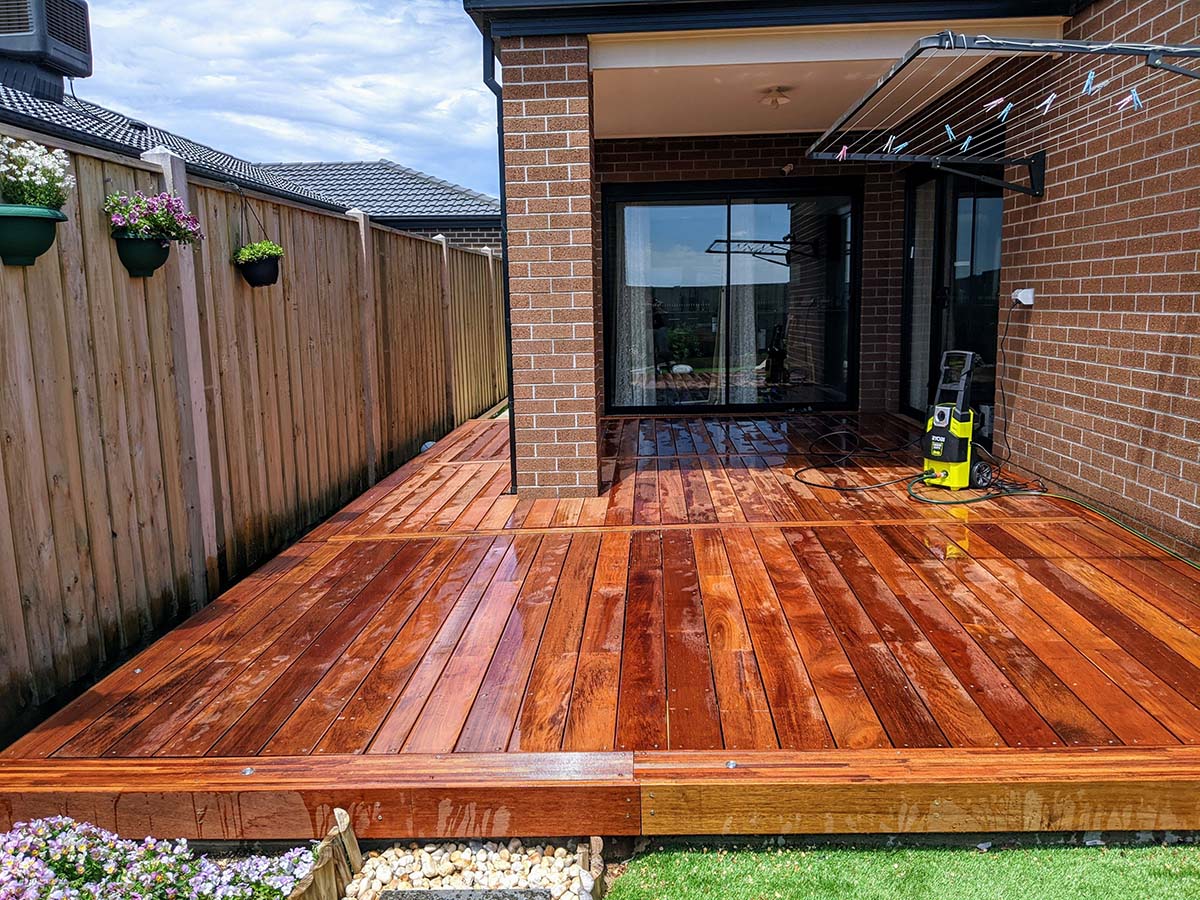
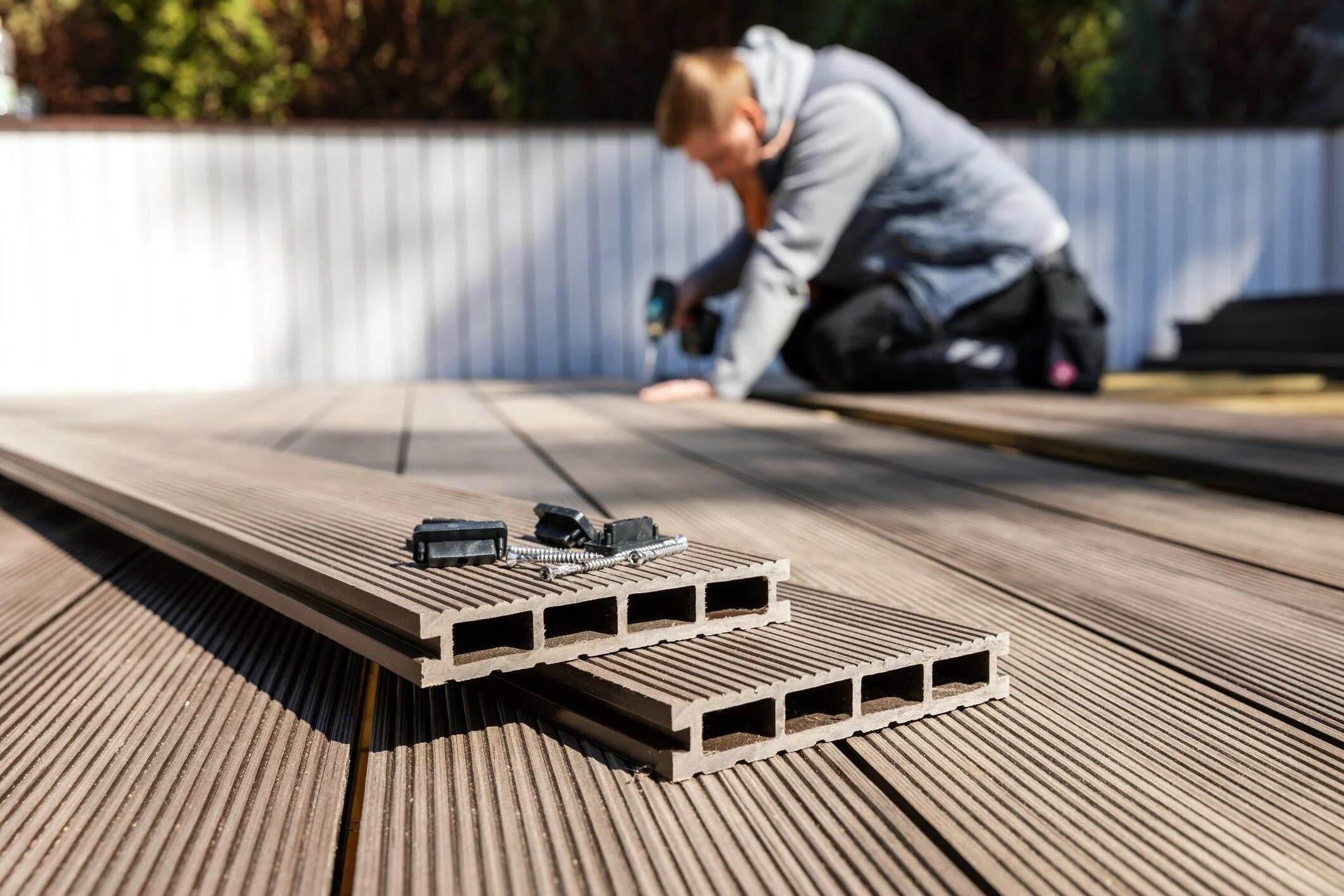

0 thoughts on “How Far Can You Span Metal Decking For Concrete”